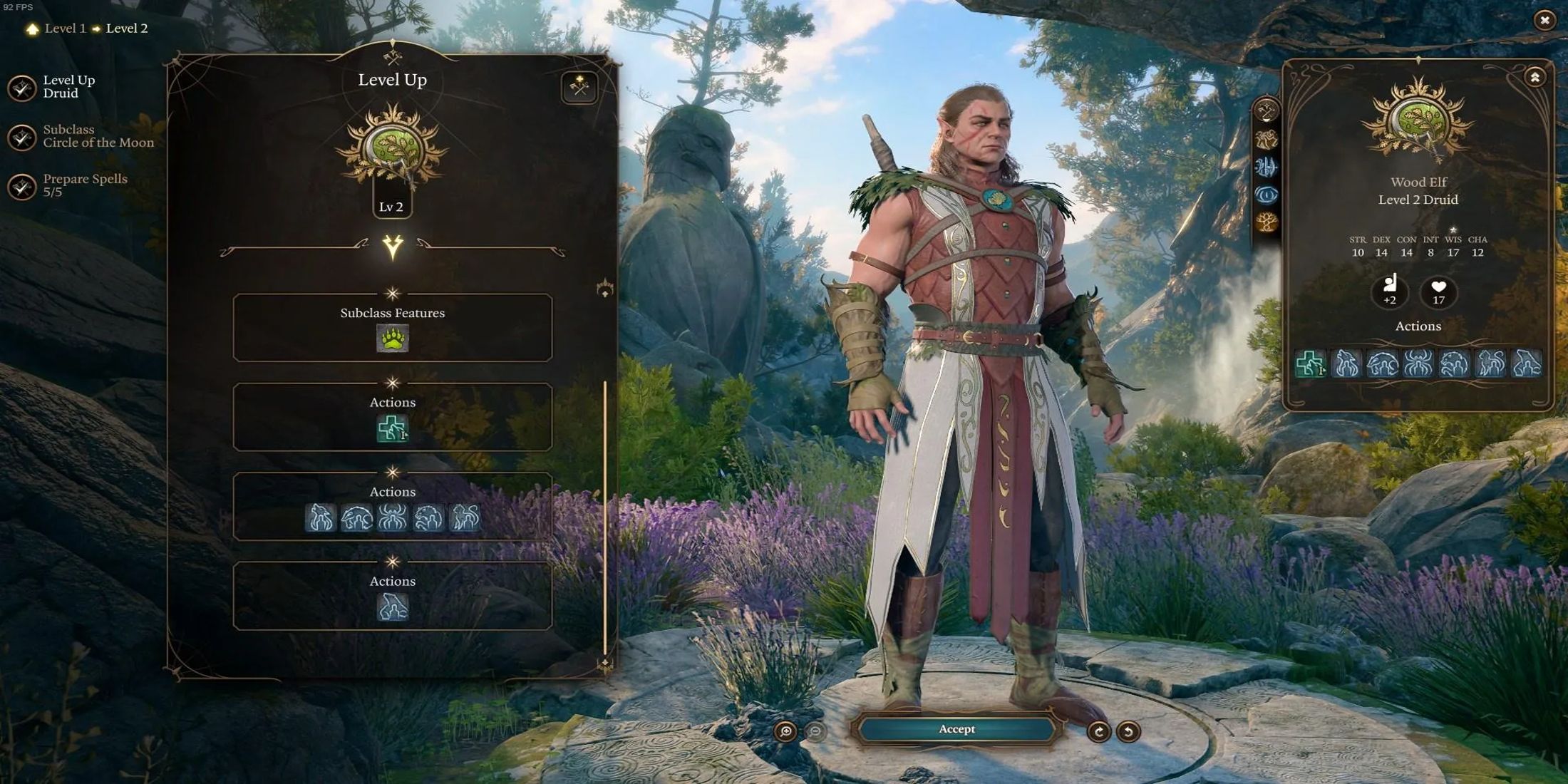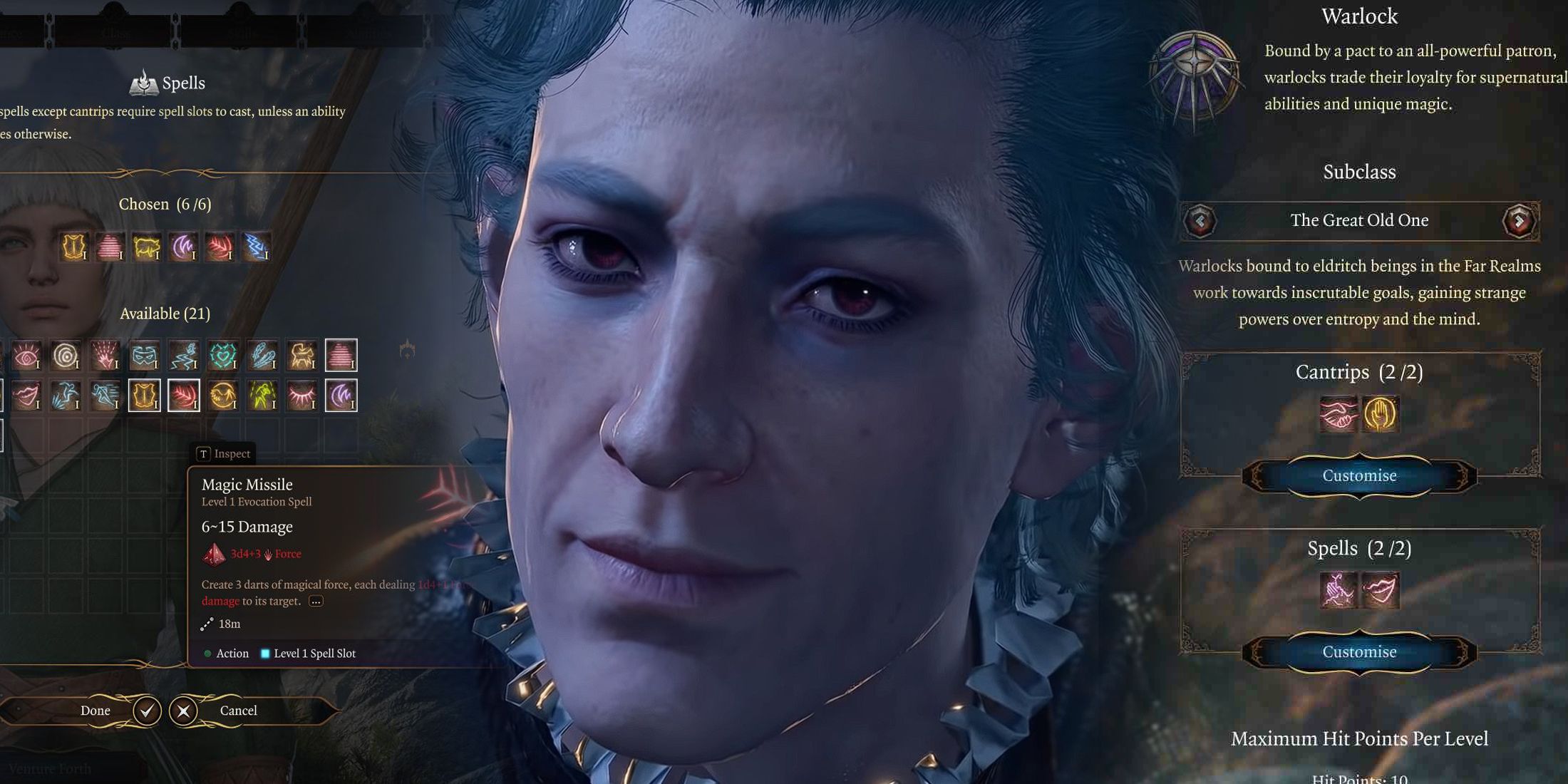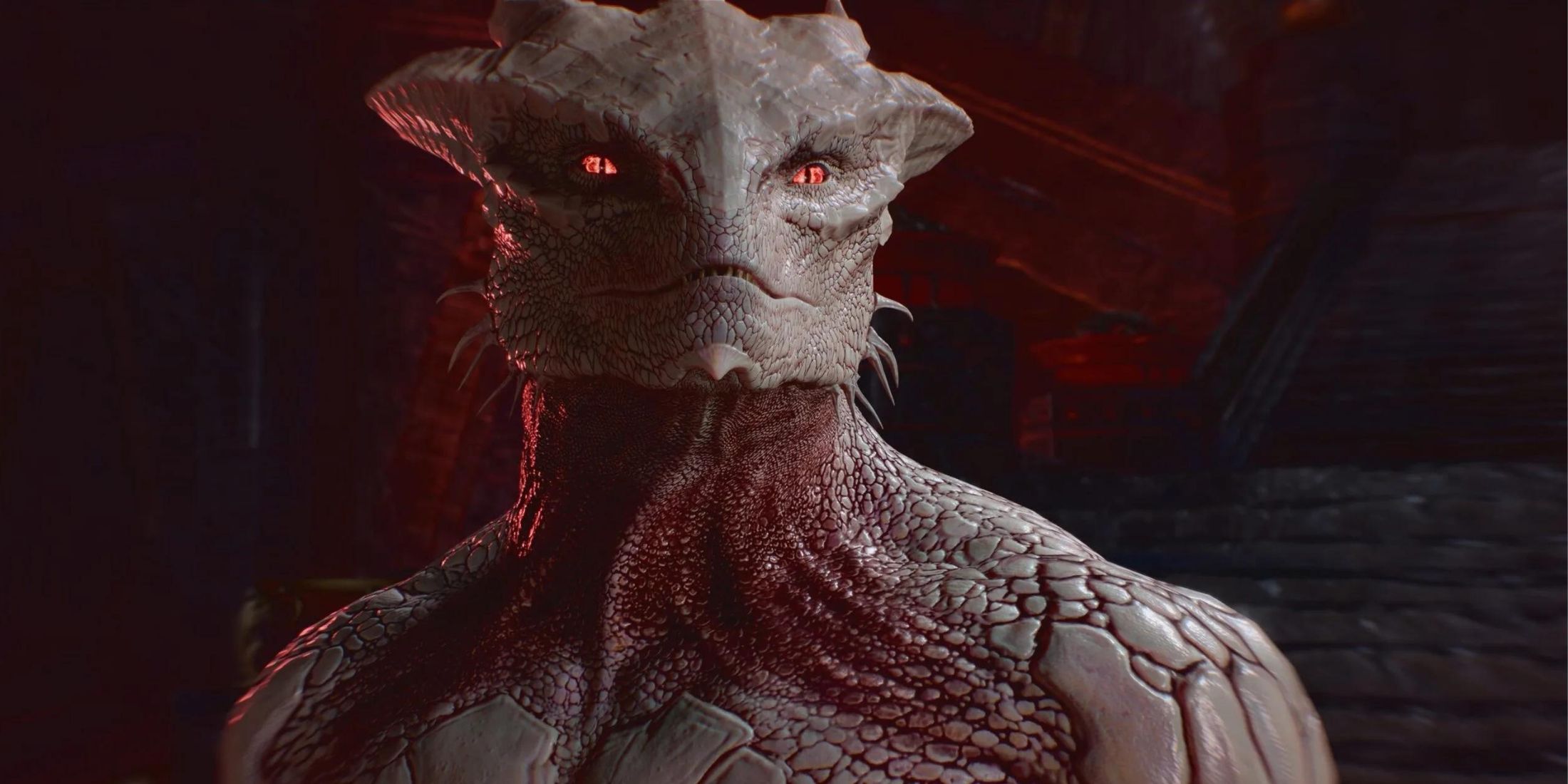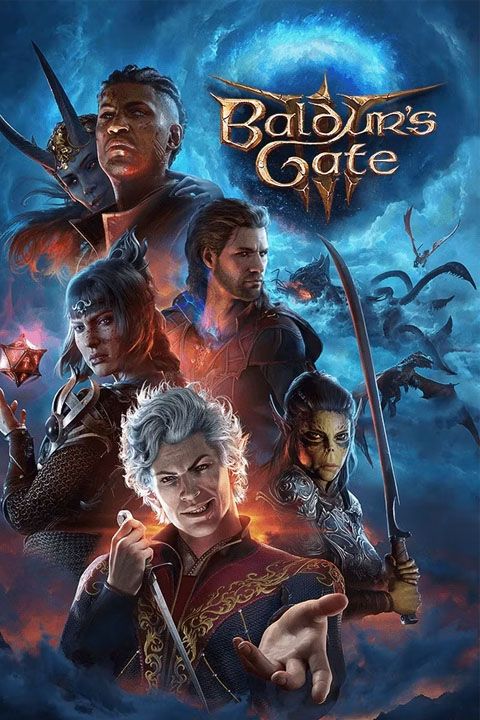Highlights
- Baldur's Gate 3's party composition lacks diversity, with multiple characters of the same race and class, leading to repetitive gameplay.
- Respeccing characters can break immersion due to their ties to their classes in the storyline, impacting the overall narrative experience.
- Baldur's Gate 4 has the opportunity to bring in more varied race and class options, providing a fresh experience for players in the next installment.
Baldur's Gate 3's party could be considered one of the main draws of the game. The Origin characters, the party members who are available from Act 1 and optional to select as the player character during character creation, were heavily featured in the marketing of Baldur's Gate 3. Parties in RPGs generally need to be built to support each other and account for each other's strengths and weaknesses. Having too many characters with the same class runs the risk of unbalancing the party and, on a lore level, can make the game feel more repetitive and characters redundant. Baldur's Gate 4 could improve on Baldur's Gate 3 in this regard.
In a world with a dozen classes and many fantasy racial options, Baldur's Gate 3's party ended up with multiples of certain races and classes, while others were left out. With two druids and a ranger in Baldur's Gate 3's party, there were many nature-based characters, which became compounded if the player character also became a druid. This also highlighted the gaps in the party that theoretically could be filled by the player, but also limited gameplay if the player wanted to play as a druid.

Baldur's Gate 3 Showcases the Pros and Cons of One D&D Mechanic
Baldur's Gate 3's limitations on character creation thrusts one somewhat polarizing Dungeons and Dragons feature into the spotlight.
Repetition of Race and Class in Baldur's Gate 3's Party
If all companions are recruited, the total party count in Baldur's Gate 3 is ten. Five of the companions are elves, one is a tiefling, three are humans, and one is a githyanki.
This leaves out:
- Halflings
- Gnomes
- Half-orcs
- Dwarves
- Dragonborn
While Minthara is a drow with a very different background and culture to the other elves in the party, some players who play good or neutral characters may be discouraged from recruiting Minthara because of her alignment and association with the "evil" playthrough, even after the patch that allows her to be recruitable by knocking her out in the goblin camp. This means the exclusion of both the insights and lore from a drow character and the only default paladin party member.
While respeccing in Baldur's Gate 3 is extremely accessible, several characters' classes are closely tied to their lore and story. Respeccing characters like Wyll, Halsin, Minsc, and Jaheira can break immersion because of how the characters refer to their backgrounds in dialogue, how other characters around them refer to them, or the course of their stories.
Restructuring the Party in Baldur's Gate 4
One issue, in particular, is the presence of the two druids, potentially bringing the total druid count in the party up to three if the player chooses to roll a druid. Halsin and Jaheira are both closely tied to their class in the story, with Halsin being the First Druid in his Circle, and Jaheira being a famous druid in Baldur's Gate lore. With so many other classes available in the series, having two characters in the same class feels needlessly repetitive, especially when the party is missing the presence of other classes.
Baldur's Gate 4 has the opportunity to restructure its party with more diverse race and class options, and provide more variety through its party members from the outset. A reshuffle of the party's classes in particular could expose players to classes they may otherwise have overlooked. Priority could be given specifically to classes that weren't included in Baldur's Gate 3's party, such as Monk, Bard, and Sorcerer. Baldur's Gate 4 could even introduce the Artificer as a completely new class, as it's popular in Dungeons and Dragons5e but was conspicuously missing in Baldur's Gate 3.
Baldur's Gate 4 could also bring some of the missing races into the party, especially the more esoteric ones such as Dragonborn that aren't encountered as often in the world of the story. Having these characters in the party is an opportunity to share the lore of the world, as was the case with Minthara in Baldur's Gate 3.




